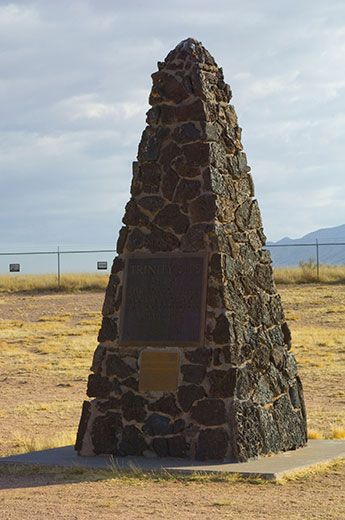Lose Yourself in the White Sands
The New Mexico national monument is a barren and desolate place with an otherworldly appeal
/https://tf-cmsv2-smithsonianmag-media.s3.amazonaws.com/filer/Life-List-White-Sands-New-Mexico-dunes-631.jpg)
The disorientation that descends upon a visitor to White Sands National Monument is one of the best reasons for visiting it. Rarely are we sheltered from the barrage of sounds and sights in our daily lives. Advertising, ambient noise, screens and signs—a stream of visual references—keep us anchored. But standing in the middle of the largest gypsum field in the world, you may feel as if you are on another planet.
Given National Monument status in 1933 by President Herbert Hoover, White Sands is located in the Tularosa Basin of southern New Mexico. Formed by the slow erosion of gypsum from the surrounding mountains, the sands themselves are a sea of gleaming white dunes stretching for 245 square miles, usually under a startlingly blue, cloudless sky. Plants like the soaptree yucca dot the interdune flats and break up the dazzling landscape. A little less than half of that gypsum makes up the monument itself. The rest belongs to the military; the monument is located within the White Sands Missile Test Range. There, on the range’s northernmost edge an obelisk marks Trinity Site—the location of the detonation of the first atomic bomb.
Within the monument, simply strolling around the crests of the dunes without a compass or a GPS device is not advised. It’s easy to become lost, there is no shelter from the sun, and in the summer temperatures may exceed 100 degrees Fahrenheit. There are trails to choose from, but for those who do not wish to explore the park on their own, guided “Sunset Strolls” led by park rangers are offered most evenings.
The park is not devoid of wildlife, but you may have a tough times spotting any. As in many deserts, most of the animals are nocturnal. White Sands is home to a variety of mammals, reptiles, amphibians, birds and insects. Some, like the bleached earless lizard, are colored to blend into the gypsum dunes.




